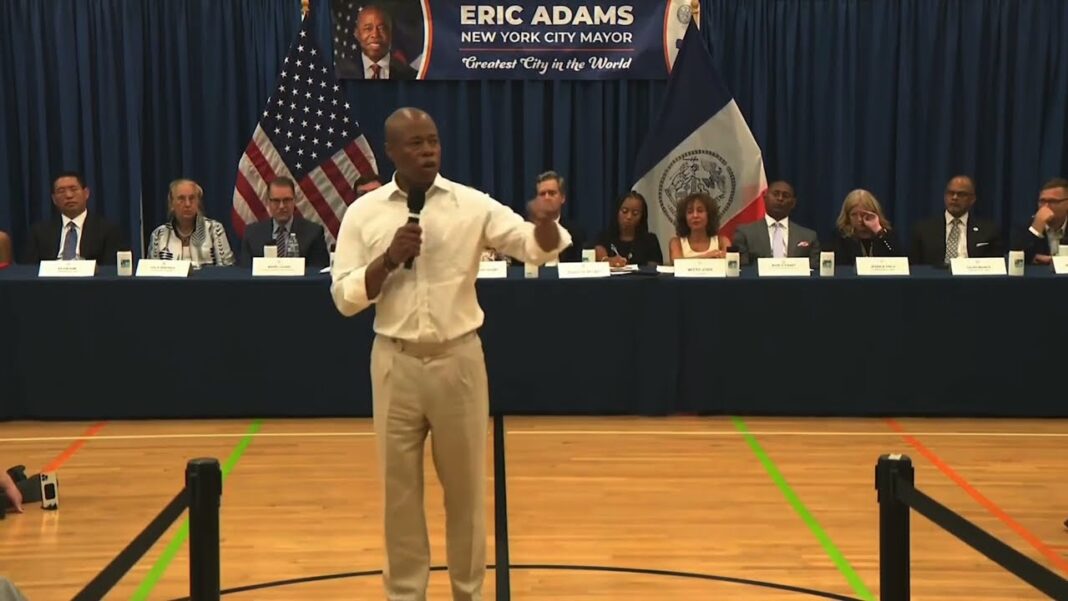
The resolution was passed after 11 hours of debate and dozens of amendments from Democrats, all of which were rejected. It now heads to the House floor.
WASHINGTON—The U.S. House Budget Committee on Feb. 13 voted to advance a resolution that would enable Congress to begin drafting a bill to enact conservative policy measures promised by President Donald Trump during the 2024 election.
The resolution was advanced by the committee in a 21–16 party-line vote.
The process, known as budget reconciliation, is the only way Congress can pass legislation without bipartisan support, given that such reconciliation bills are not subject to the Senate’s cloture requirement to end debate with 60 votes.
Reconciliation bills can only relate to taxation, spending, and public borrowing. To begin the process, both houses of Congress must pass an identical budget resolution that instructs standing committees to make recommendations on increasing or reducing spending.
Republicans, with a three-seat majority in the Senate and a one-seat majority in the House, have the requisite albeit narrow margins to pass such a bill. During the Biden administration, the reconciliation process was used to pass two of the most consequential bills of his legislative agenda: the American Rescue Plan Act of 2021 and the Inflation Reduction Act of 2022.
Through reconciliation, the party seeks to enact a wide range of measures, including allocating funds for a border wall and operations to remove illegal immigrants, making permanent several tax deductions from the Tax Cuts and Jobs Act (TCJA) of 2017, and extending the federal government’s sovereign debt limit, which was reached on Dec. 31, 2024.
Mere policy changes that Trump has demanded—such as changes to asylum and immigration laws—are not permitted in the budget reconciliation, and the bill cannot increase the deficit after 10 years.
The House’s budget resolution proposes increasing spending on armed services by $100 billion, homeland security by $90 billion, and judicial matters by $110 billion, while also providing $4.5 trillion in tax cuts, primarily related to TCJA provisions. By contrast, it seeks to reduce spending on agriculture, education, energy, transportation, and the federal bureaucracy. It would also raise the federal government’s debt limit—the maximum amount the United States can legally borrow—by $4 trillion.
By Arjun Singh and Jackson Richman





